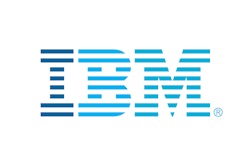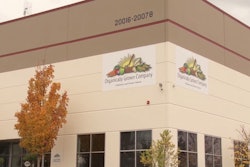Reid Williams, a senior designer and engineer for new business startups and colleague Joe Gerber, have explored how the technology behind the digital currency bitcoin could make the food supply chain more transparent in a recent essay.
Williams and Gerber have launched Bits + Blocks Lab, a pop-up block chain startup creation lab hosted at the Harvard Innovation Lab.
The pair examine how the block chain, the technology that supports digital currency, could change the everyday experience of buying, cooking, and serving dinner.
Block chains, they note, offer a way to introduce transparency into supply chains and to create entirely new opportunities for participation. As a shared, secure record of exchange, block chains can track what went into a product and who handled it along the way, breaking supply chain data out of silos, and revealing the provenance of a product to everyone involved from originator to end user.
Whether part of dinner at a restaurant or a bag of potato chips, every ingredient has a history. Block chains provide a shared and secured record, letting users see where ingredients come from and how they were produced while letting producers see where their ingredients and how they’re incorporated into finished food products.
Smart contracts built on block chains create new options for buying goods that include naming your own price or automatic recurring orders.
Block chains can create a formal registry to identify individual goods, and track possession of a good through different points in a supply chain.
Internet connected equipment such as fishing boats, shipping trucks, and storage coolers can monitor which objects they’re housing and tag those objects with relevant environmental conditions like temperature or location, providing assurance that a product was safely handled through the entirety of its journey.
To read more, click HERE.



















